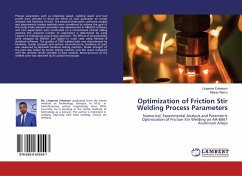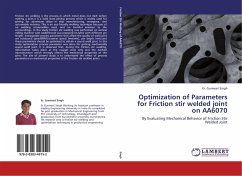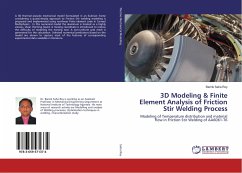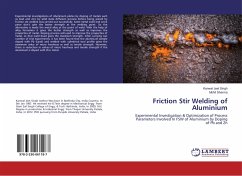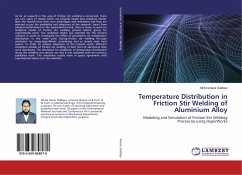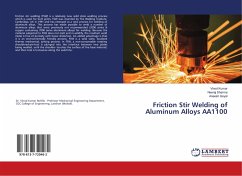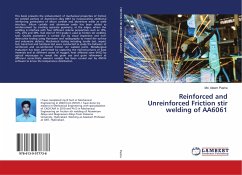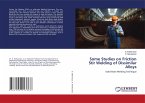Process parameters such as rotational speed, welding speed and tool profile were selected to show the effect of each parameter on tensile strength and hardness of joint. The physical observation, software analysis and experimental testing methods were considered to achieve the goal of this study. Finite element simulation was implemented in ABAQUS software and nine experiments were conducted on a conventional vertical milling machine. The required number of experiment is determined by using Taguchi L9 orthogonal array design approach. The effects of all parameters were analyzed by ANOVA and Signal to noise ratio using Minitab-18 statistical software. The quality of FSW welded joint was characterized by hardness, tensile strength and surface micro-structure. Hardness of joint was measured by Rockwell hardness testing machine. Tensile strength of the joint also tested by tensile testing machine and the result compared with the ultimate tensile strength of base material. Micro-structure of the welded zone was observed by an optical microscope.
Bitte wählen Sie Ihr Anliegen aus.
Rechnungen
Retourenschein anfordern
Bestellstatus
Storno

